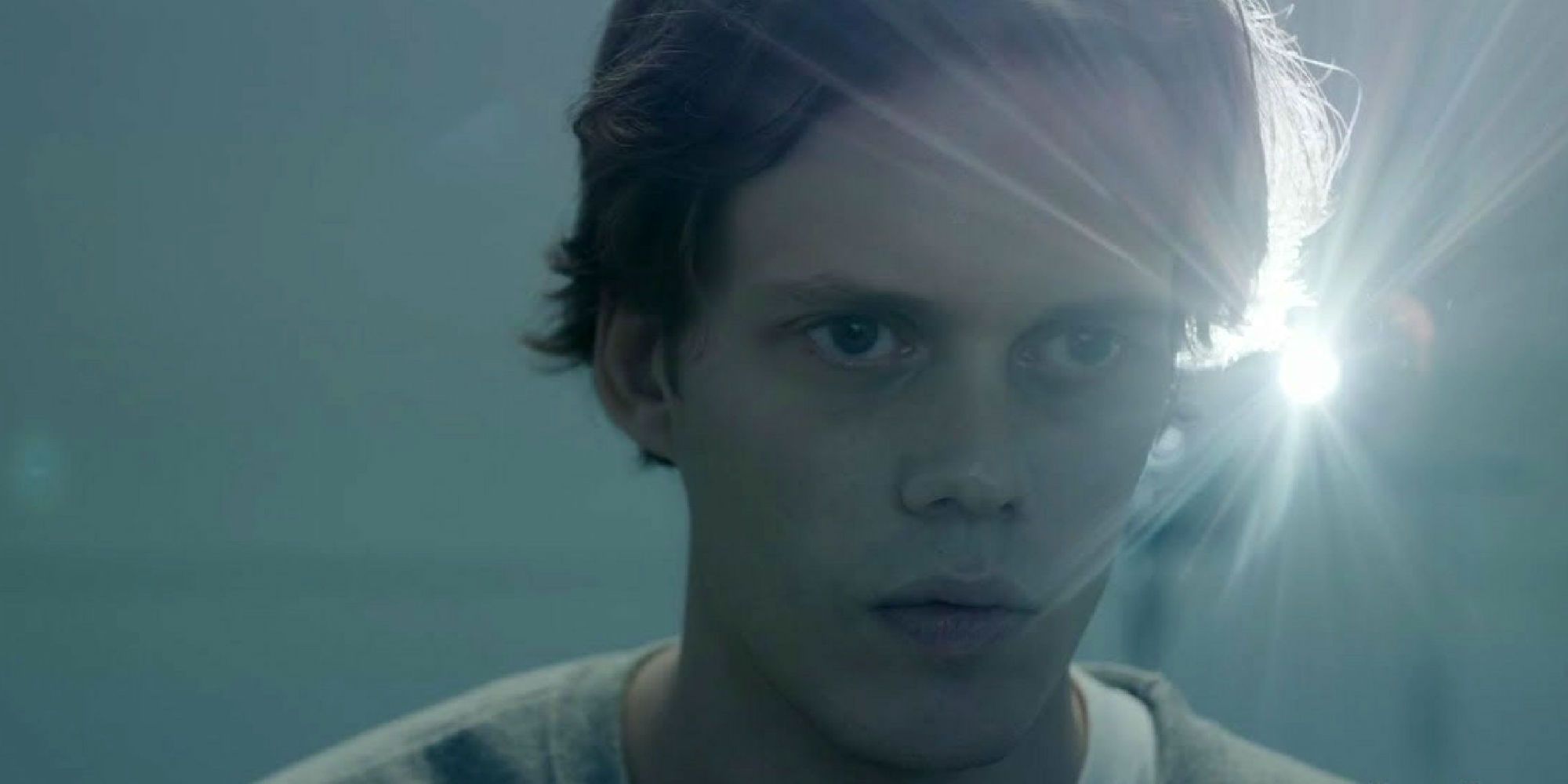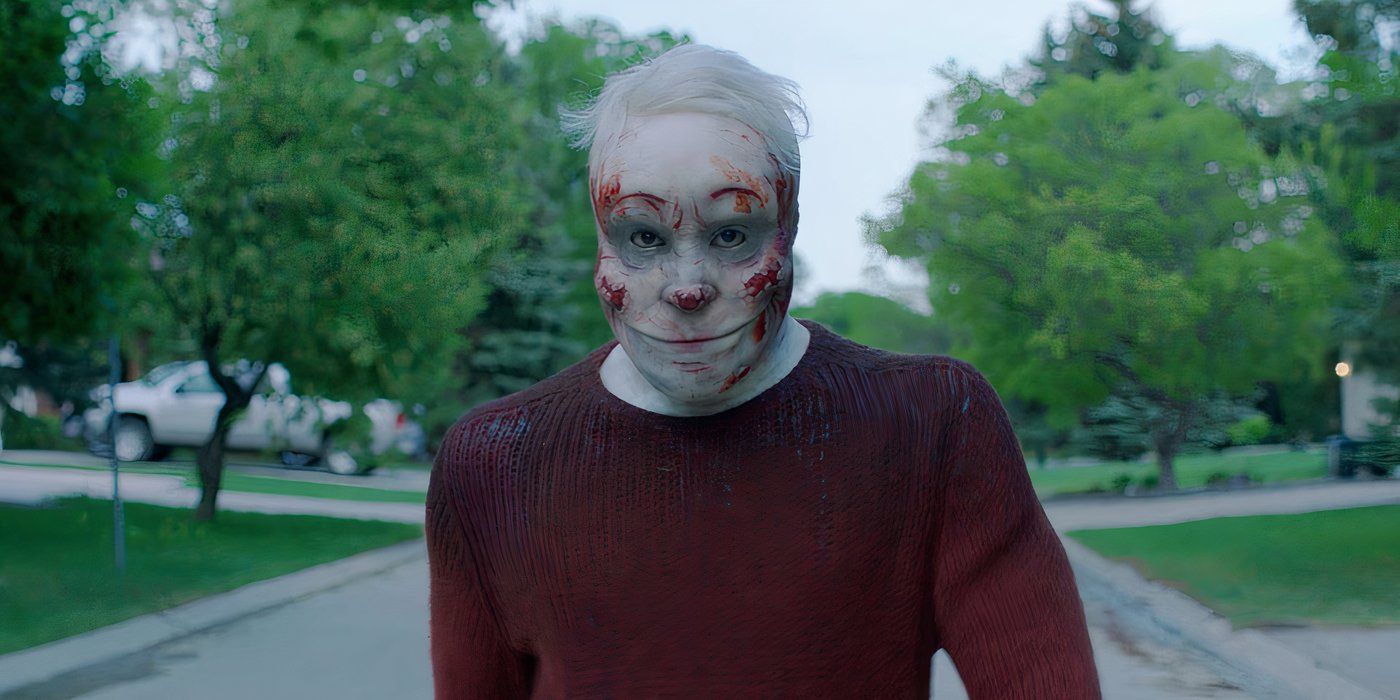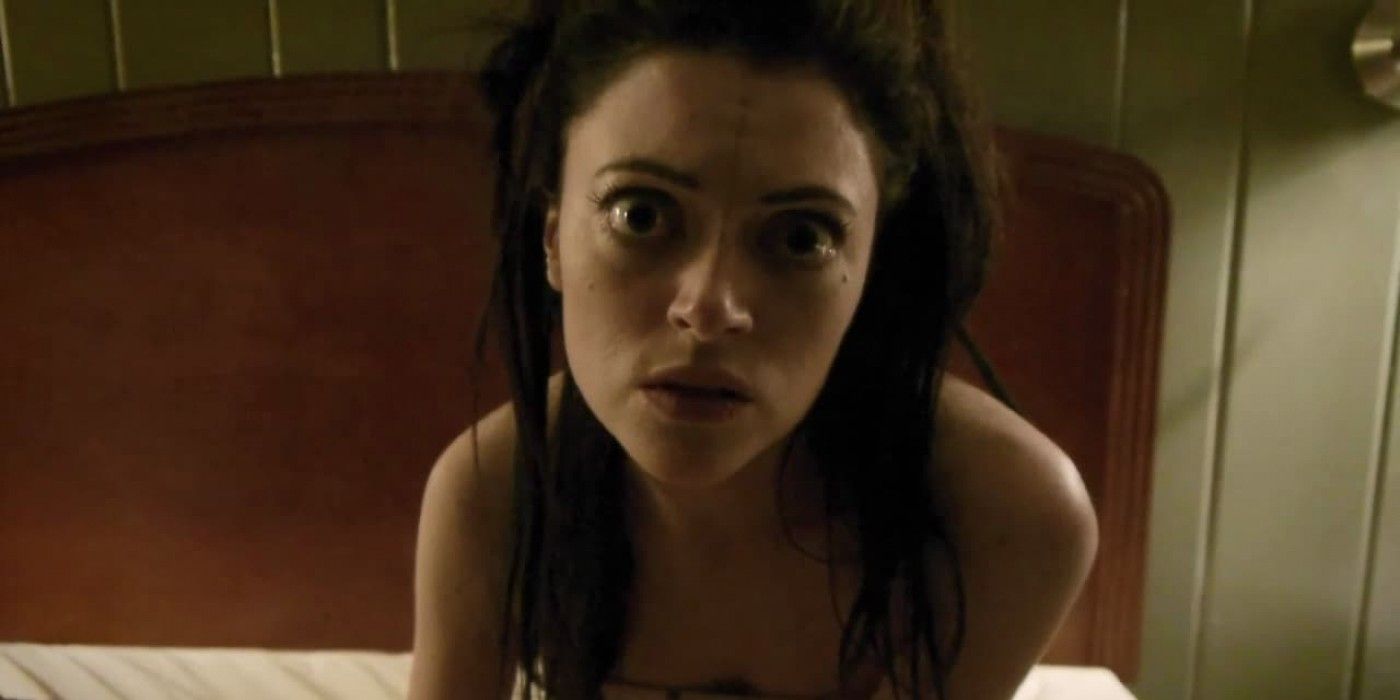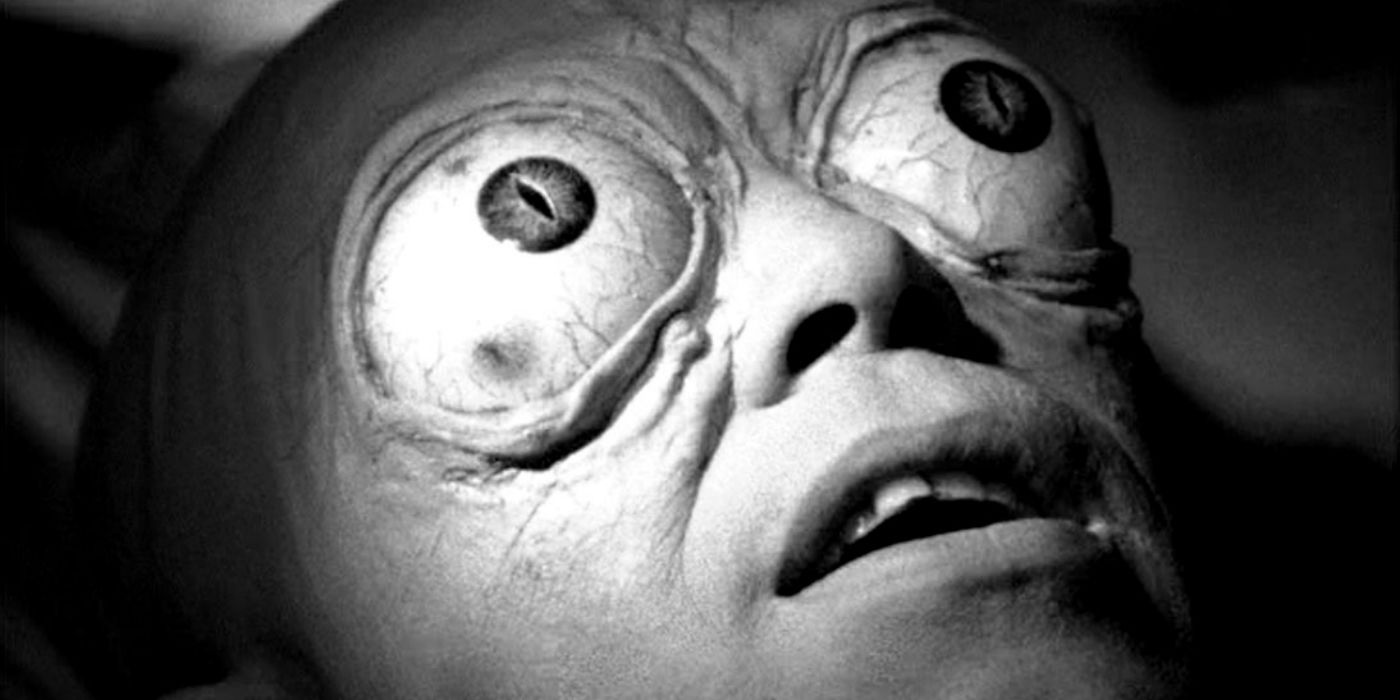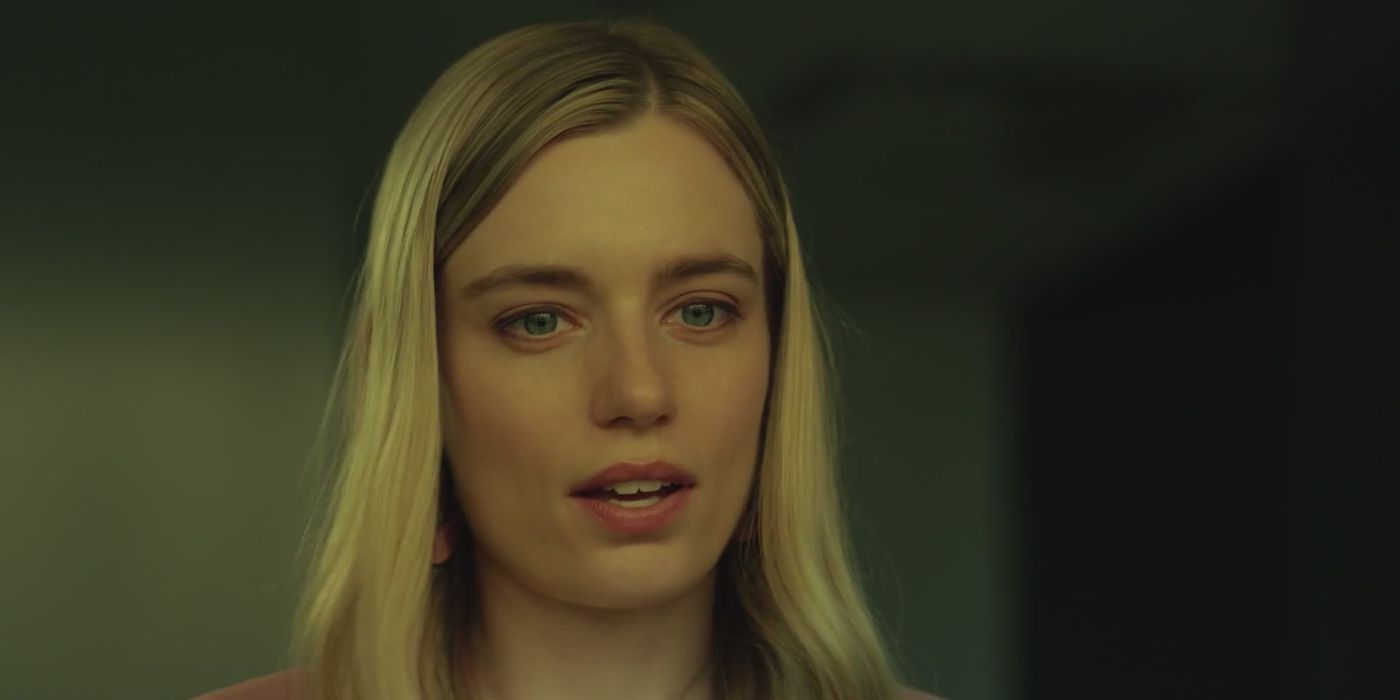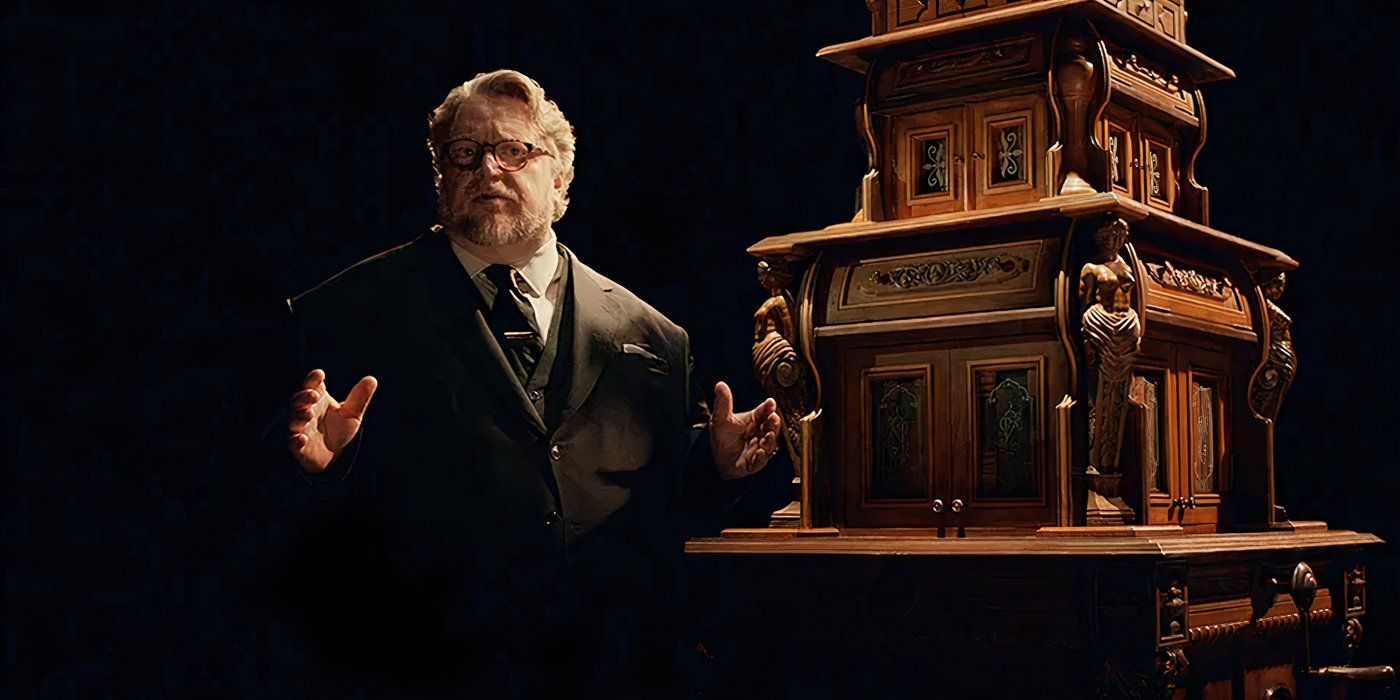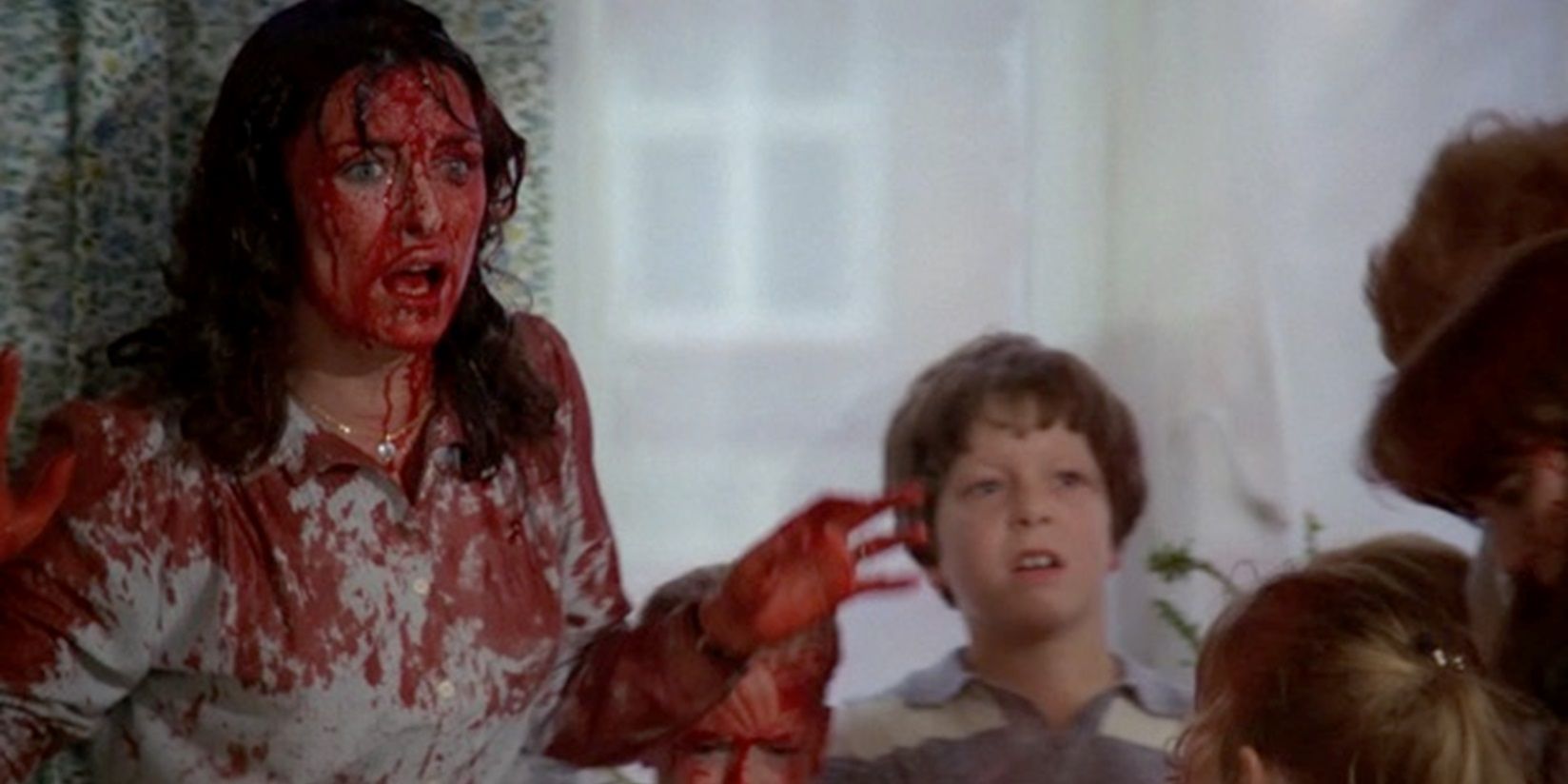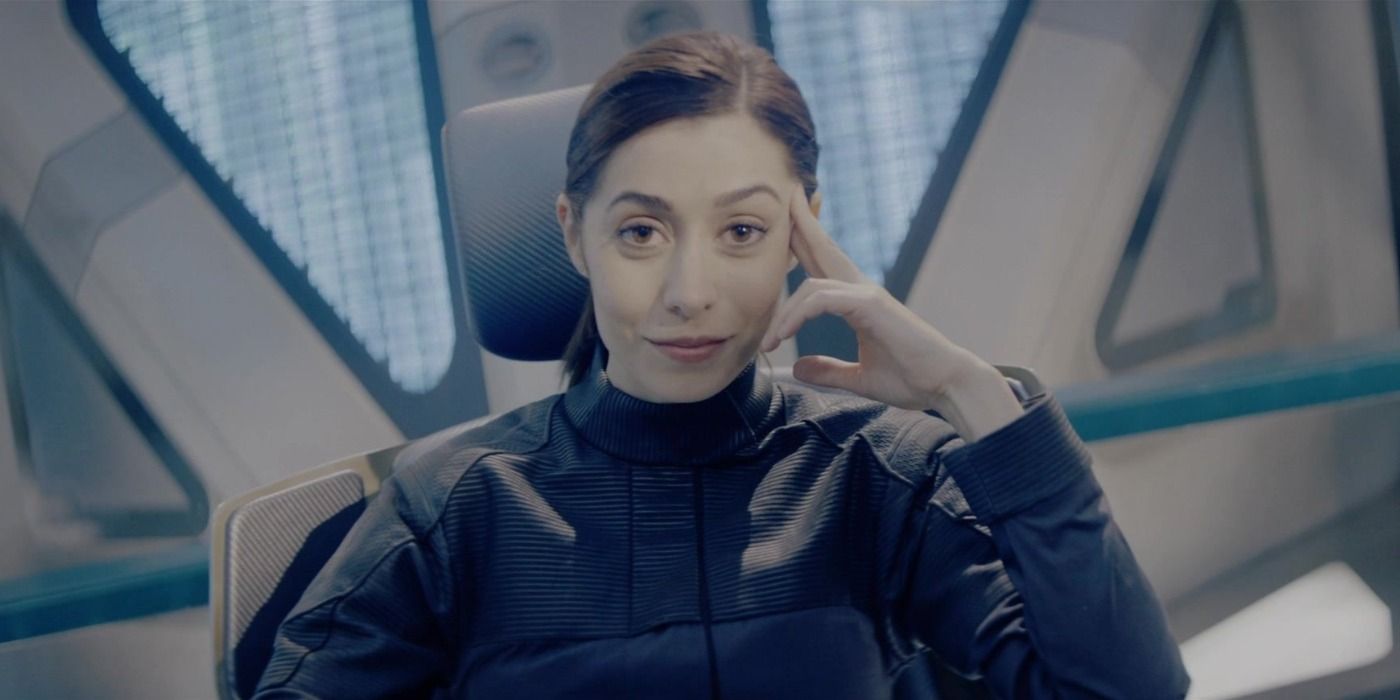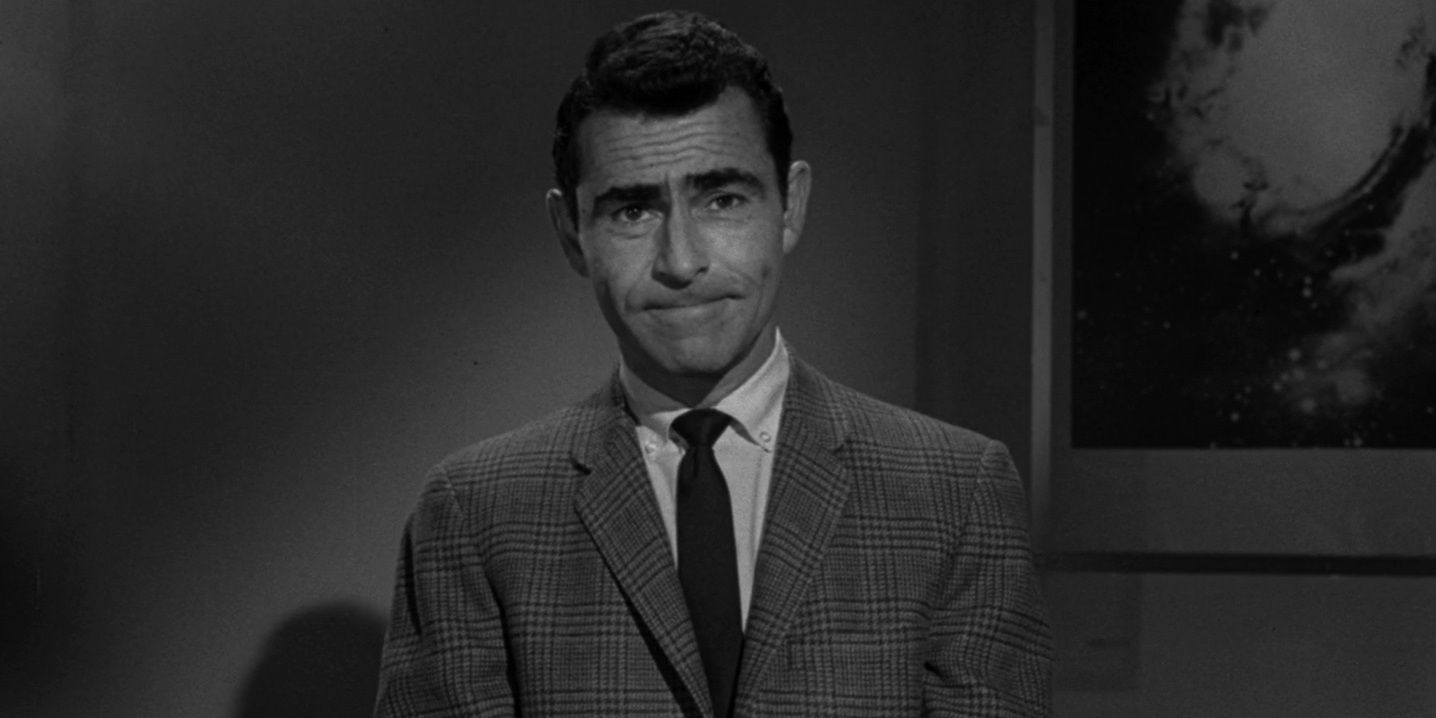10 Best Horror Anthology Shows To Watch Like Joko Anwar's Nightmares & Daydreams

Summary
- The anthology format is perfect for horror genre, because it keeps bringing in fresh characters with uncertain fates, unlike serialized shows with plot armor.
- American Horror Story revived the horror anthology genre and explores different subgenres each season with its talented cast and powerful storytelling.
- Channel Zero adapts viral creepypastas into compelling narratives, delivering plenty of scares and strong plotting in each season.
Joko Anwar’s Nightmares & Daydreams is a terrific new addition to the classic horror anthology genre, but there are plenty of other great ones to check out after binging its first season. Streaming on Netflix, Joko Anwar’s Nightmares & Daydreams is a curious blend of sci-fi mystery and supernatural horror consisting of seven loosely interconnected episodes each telling their own terrifying, thought-provoking standalone stories. The horror anthology series has been one of TV’s most reliable genres for decades – going back to the long-gone days of black-and-white – and Nightmares & Daydreams fits the bill perfectly.
The anthology format is perfect for the horror genre. Serialized shows like Stranger Things and The Walking Dead can certainly frighten audiences, but there’s a safety in knowing that the main cast’s contractual obligations give their characters a nice, comfy suit of plot armor (up to a point, anyway). There’s no sense of imminent danger in a show like that, because the status quo needs to be maintained. But in an anthology, when a new lead character is introduced every episode and their fate is always uncertain, no one is safe.
10 American Horror Story
Ryan Murphy and Brad Falchuk brought back the horror anthology format in a big way when they launched American Horror Story in 2011. Rather than telling a new story in every episode like most anthology shows (including Joko Anwar’s Nightmares & Daydreams), American Horror Story tells a new story each season. Every new season of American Horror Story brings in a new cast of characters to explore the themes and conventions of a different horror subgenre.
The show has taken audiences into a mental institution, a coven of witches, a freak show, a haunted hotel – the list goes on. The recurring cast includes such revered actors as Kathy Bates, Sarah Paulson, and John Carroll Lynch, all playing a different character in each season. American Horror Story has powerful performances, stunning visuals, and a healthy dose of horror.
9 Castle Rock
Stephen King readers will be familiar with the town of Castle Rock, Maine, because it’s the fictional setting of a lot of King’s stories. The TV series of the same name explores themes and characters from the King oeuvre in an anthology format. The characters featured in the series include the bully from Stand by Me, an inmate from Shawshank State Prison, and Paul Sheldon’s biggest fan, Annie Wilkes. Suffice to say, it’s a must-see for King fans.
The series only lasted for two seasons, but that was the plan from the beginning. Within those two seasons, Castle Rock told some great horror stories. It’s essentially an Avengers movie in the Stephen King universe, with characters from a bunch of different stories crossing over with each other, but it’s also a great horror anthology in its own right.
8 Channel Zero
Like American Horror Story, Nick Antosca’s anthology series Channel Zero tells a new story with every season, but unlike American Horror Story, it takes all its storylines from popular online creepypastas. But rather than going for the obvious choices, like the Slender Man, Antosca adapted more obscure creepypastas. The first season, for example, is based on the Candle Cove story about a disturbing children’s TV show starring pirate puppets.
The first season, Candle Cove, was followed by a second season called The No-End House, a third season called Butcher’s Block, and a fourth season called The Dream Door, each one creepier than the last. Channel Zero has plenty of scares, but it’s also held up by strong plotting. It might not seem like an impressive feat of storytelling to adapt creepypasta, but Antosca takes the premise of those viral storylines and builds a solid narrative structure around them.
7 The V/H/S Franchise
Technically, the V/H/S series is a movie franchise, not a TV show, but the principle is the same. It tells a series of standalone horror stories like any TV horror anthology; it just happens to collect those stories into feature films as opposed to seasons of television. Created by Brad Miska, the V/H/S franchise revolves around a collection of disturbing video tapes. In each movie, the tapes are discovered by an unsuspecting viewer who unwittingly falls under their demonic possession after watching them.
This is a solid framing device for a horror anthology, and each of the videos presents viewers with a unique perspective of horror cinema. Every segment is directed by a different filmmaker with their own vision of the horror genre. Renowned directors like Ti West, Adam Wingard, and Joe Swanberg have put their stamp on the V/H/S franchise.
6 The Outer Limits
While Joko Anwar’s Nightmares & Daydreams is undeniably a horror anthology series, with plenty of atmospheric frights, it puts more focus on science fiction than something like V/H/S or American Horror Story. Long before Nightmares & Daydreams came along to put a sci-fi spin on the horror anthology, The Outer Limits did the same. The Outer Limits tells twisty sci-fi stories under the Orwellian guise of taking over the audience’s television set.
The Outer Limits essentially blends the speculative sci-fi mystique of Science Fiction Theatre with the chilling plot twists of The Twilight Zone. It might not have The Twilight Zone’s Rod Serling, but The Outer Limits did have a star-studded team of writers. There are episodes of The Outer Limits penned by Chinatown screenwriter Robert Towne, Psycho screenwriter Joseph Stefano, and sci-fi legend Harlan Ellison.
5 Creepshow
George A. Romero and Stephen King brought the horror anthology format back to the big screen with their 1982 movie Creepshow. The stories of Creepshow have their fair share of scares, but they also have an eccentric, tongue-in-cheek sense of humor that made the film stand out amongst other horror anthology movies. In 2019, Shudder brought the film’s signature comedic sensibility to the small screen with a TV adaptation of the same name.
The TV show might not have the involvement of Romero or King, but it was developed by a different horror icon: Tom Savini’s protégé, Greg Nicotero. Nicotero assembled a crack team of writers to come up with original stories for the series, including Paul Dini, Dana Gould, Rob Schrab, and Heather Anne Campbell. No one can replace Romero, but the TV version of Creepshow was in good hands.
4 Guillermo Del Toro’s Cabinet Of Curiosities
Guillermo del Toro, one of the few genre filmmakers to command the respect and admiration of the snooty arthouse crowd, tried his hand at the TV horror anthology format with his 2022 Netflix series Cabinet of Curiosities. Del Toro presents the series, Rod Serling-style, but he took more inspiration from Night Gallery than The Twilight Zone. Del Toro co-wrote a couple of the scripts himself and recruited former collaborators like David S. Goyer and Guillermo Navarro to help bring the series to life.
Some of the biggest names in modern horror came along to direct an episode of del Toro’s anthology series. Mandy’s Panos Cosmatos directed an episode. Twilight’s Catherine Hardwicke directed an episode. A Girl Walks Home Alone at Night’s Ana Lily Amirpour directed an episode. The Babadook’s Jennifer Kent directed the season finale.
3 Hammer House Of Horror
Hammer Films took its own stab at the horror anthology genre in 1980 with Hammer House of Horror. It only ended up running for one season, consisting of 13 hour-long episodes, but one season was all it needed to earn a reputation as one of the genre’s greatest entries. Hammer House of Horror delivered some of the most petrifying moments in TV history, like an unsuspecting soul getting imprisoned by a former Nazi concentration camp guard, or blood drizzling all over a child’s birthday party.
The show’s subjects range from supernatural threats like ghosts, witches, and werewolves to real-world horrors like cannibalism, serial killers, and Nazis. Hammer House of Horror has everything that makes Hammer’s movies so great. It has legendary British actors, old-school horror FX, fresh takes on familiar genre tropes, and a palpably unsettling atmosphere.
2 Black Mirror
Charlie Brooker took his particular brand of satire to the horror genre with his widely acclaimed anthology series Black Mirror. Black Mirror episodes tell unsettling stories about the cracks in social order and the monstrosity of human beings through the lens of technology. There’s an episode about an Instagram-like app that runs the world. There’s an episode about a hacker who starts a social media trend that condemns celebrities to death, then hacks into robot bees to kill the chosen celebrity.
Black Mirror kicked off its more-than-decade-long run with an episode about the UK’s Prime Minister being forced to have sex with a pig on live television – and it only got darker and more disturbing from there. Brooker has used his horror anthology to satirize universal themes like grief, jealousy, and helicopter parenting. Black Mirror is a dystopian gem with a distinct aversion to happy endings.
1 The Twilight Zone
The horror anthology series that every subsequent entry in the genre has tried to imitate is Rod Serling’s thought-provoking masterpiece, The Twilight Zone. Serling’s iconic opening narration sets the scene for each episode, establishing the characters, the setting, and the reason they’re in “The Twilight Zone,” before diving into a succinct, airtight, perfectly constructed story. The Twilight Zone’s essential episodes have some of the greatest and most profound storytelling in TV history.
Serling wanted to bring searing social commentary to a divided America, but the networks wouldn’t accept a straightforward drama dealing with political issues, so he hid his social commentary in genre stories. In season 1, episode 22, “The Monsters Are Due on Maple Street,” Serling uses an alien invasion story to explore McCarthyism and the Red Scare. The Twilight Zone blazed the trail for shows like Joko Anwar’s Nightmares & Daydreams.

